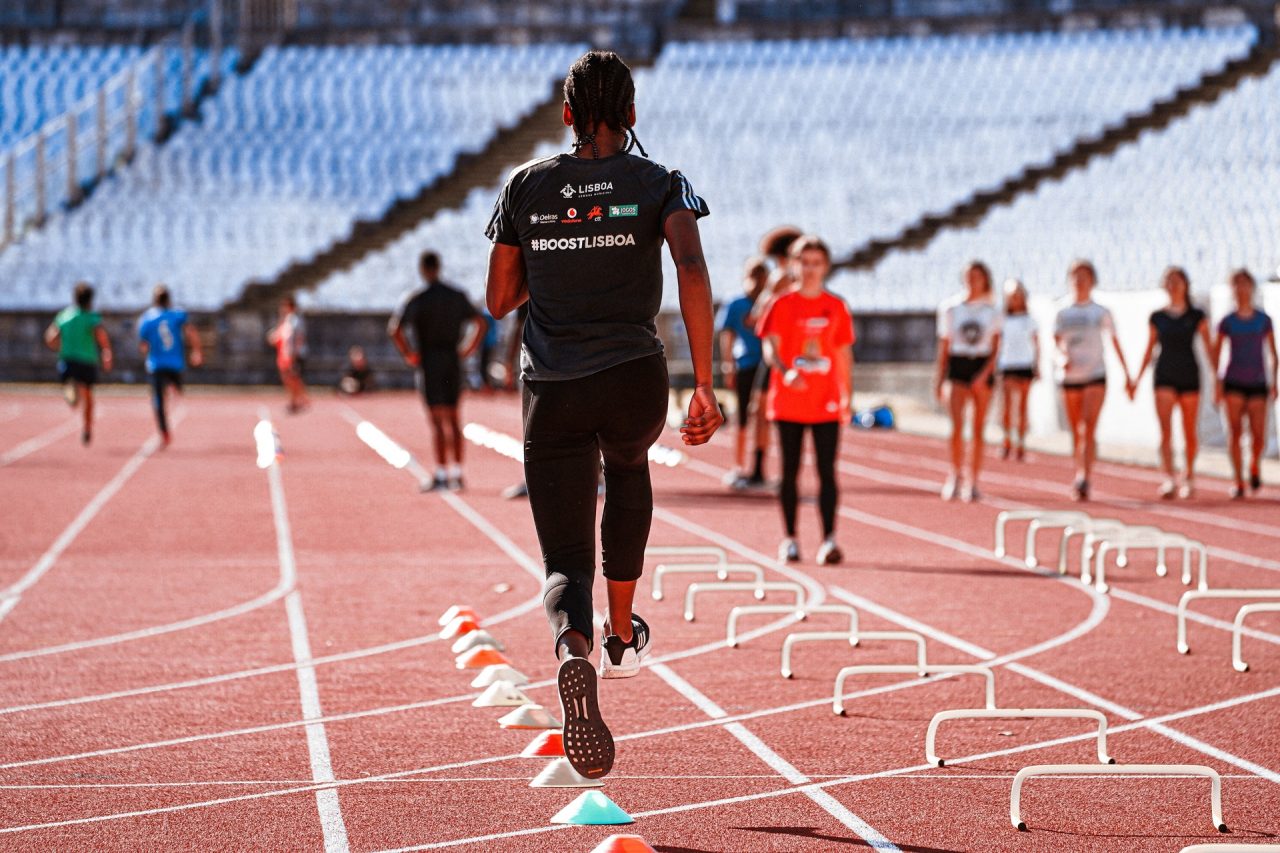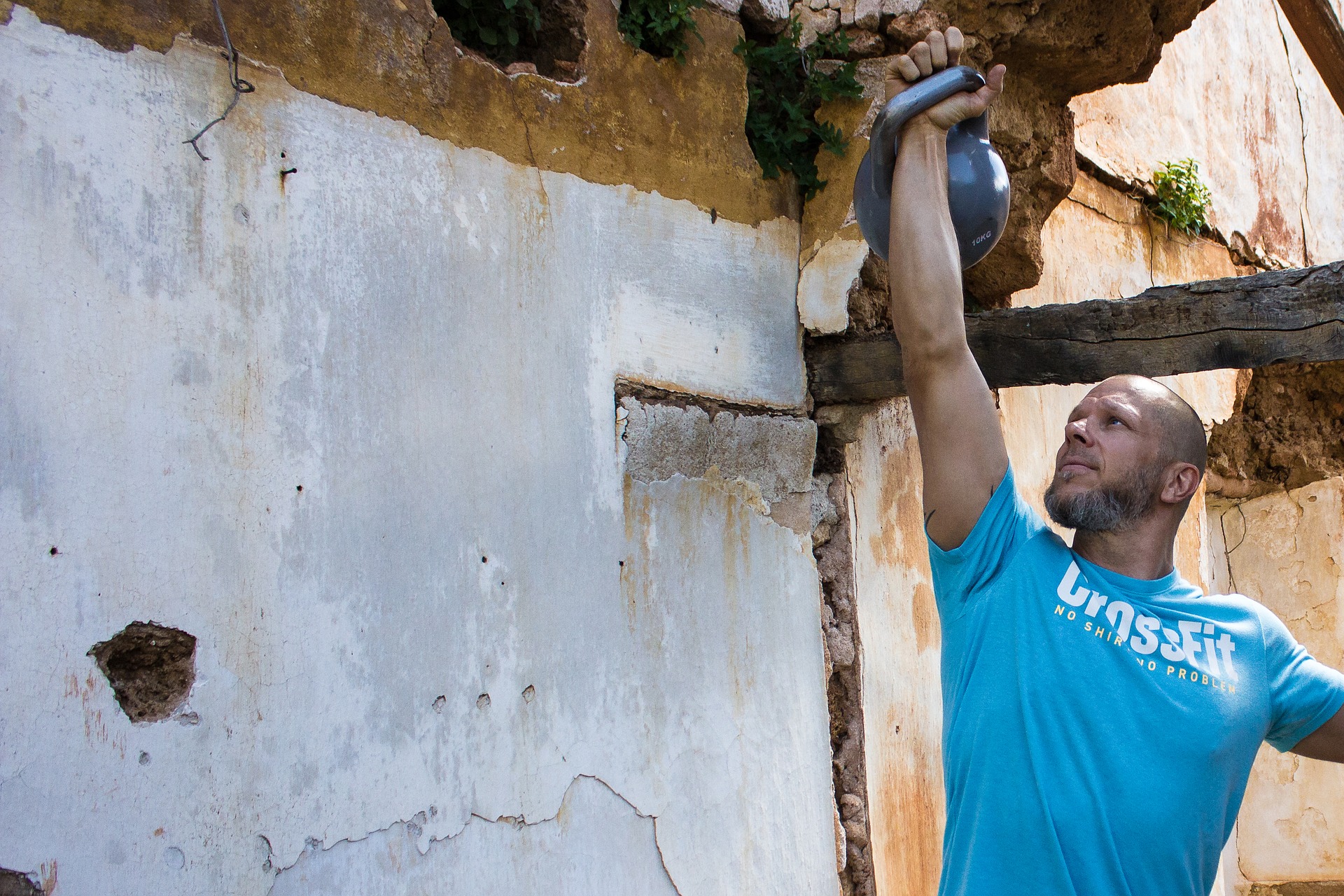Hamstring injuries are the bane of athletes that sprint. The thinking is that there is a need to strengthen the hamstrings eccentrically to prepare them for the point in the sprinting cycle where the lower leg is uncoupling and the hip is extending. In other words, the hamstrings are resisting the knee from hyperextending during the uncouple while they are also have to shorten to extend the hip and drive the foot to the ground. We’ve known this for 20+ years and yet still these types of injuries are not decreasing.
However, our knowledge of how the hamstrings experience strength training exercises is still in its infancy. Van Hooren et al, in the Scandinavian Journal of Medicine and Science in Sports, have a study which looks at three popular hamstring exercises (nordic hamstring curl, one legged Romanian deadlift, and single leg hyperextensions) to see how they involve the hamstring muscles. The subjects were active college-aged males who had regularly performed strength training exercises.
The nordic hamstring curl was pretty straightforward, when it was performed subjects had each knee on a force platform. For the deadlift, the subject stood on a force platform and performed the exercise. With the one legged hyperextensions, the pelvic support was secured to a force platform. Subjects lowered their trunk, gripped a barbell, extended their hips until their trunk was almost parallel and held that position for three seconds.
The subjects performed a maximum voluntary contraction with each of the hamstring muscles. They then warmed up on the hyperextension (bodyweight, 30% 1-RM, an d70% of 1-RM0, then three reps on the nordic hamstring curl. After that, subjects did 3-6 sets of each exercise with a maximal load, with the exercise randomized. EMG, biceps femoris fascicle length and force platform data were all collected.
Results:
- Biceps femoris fascicle length was highest during the one-legged RDL, followed by the hyperextension, followed by the nordic hamstring exercise.
- Biceps femoris fascicle lengthening velocity was highest in the hyperextension.
- When the data was re-analyzed after the break point in the nordic hamstring curl (i.e. the point where the participant loses control of the exercise), the nordic hamstring curl had a greater fascicle lengthening velocity than the other two exercises.
- The nordic hamstring curl required higher peak force production from the biceps femoris short head, semitendinosus, and semimembranosus than the hyperextension and one legged RDL.
- The hyperextension showed higher peak muscle forces for those same muscles than the one legged RDL.
- On the other hand, the one legged RDL required greater gluteus forces than the other two exercises.
When looking at the exercises as a whole, the nordic hamstring curl seemed superior to the other exercises in terms of lengthening velocity and force production of the hamstring muscles. As a practitioner who thinks, “How do I implement this with 50 kids at a time?” this is great because this exercise does not require equipment, only space. Athletes can partner up and assist each other with this exercise. The hyperextension, on the other hand, requires a special bench which means that only one athlete at a time can use it. This is great in a one on one setting, but not in a team setting.
The Romanian deadlift is the most problematic of the exercises because it requires a bar, space to do it, but also is going to take more instruction and practice (because it’s a single leg exercise) before athletes are able to do it in a manner that produces a training effect – in other words it has the longest learning curve.
As always, there are challenges with studies. First, extended arms that hold a barbell on the hyperextension exercise reduces the range of motion of the exercise, which has an impact on the other measurements. In other words, had the weight been held Zercher style or on the chest, the range of motion for the hip flexion/extension would have been greater, which could have impacted lengthening, velocity, and force production. Second, training status always impacts results and should be taken into account when we’re seeking to apply the information to our personal coaching situation. Third, the one-legged RDL requires a lot of balance. This means it takes a lot of time to learn to do this exercise and get a decent training effect from it. This could also have an impact on the results. In other words, if subjects had just been exposed to the exercise they would not be very good at doing it which might muck up the results in favor of the other two exercises.
So what’s the take home? For me, the take home is several things. First, keep your audience in mind. If you are working in a team situation you are going to need to focus on the types of exercises that large numbers of athletes can be doing at one time rather than those that require smaller settings. Second, variety is important. By this I mean it’s important to address the hamstrings in the weight room via hip flexion/extension exercises, but it’s also important to do this on the field during the warm-up and during specific bodyweight exercises that can be done for the hamstrings (marches, straight leg bounds, inchworms, etc.). Finally, when it comes to sprinting good technique is really important for injury prevention. Put all those things together and you have the recipe for a successful program!
Van Hooren, B., Vanwanseele, B., van Rossom, S., Teratsias, P., Willems, P., Drost, M., and K. Meijer. Muscle forces and fascicle behavior during three hamstring exercises. Scandinavian Journal of Medicine and Science in Sports, 32, 997-1012, 2022.



